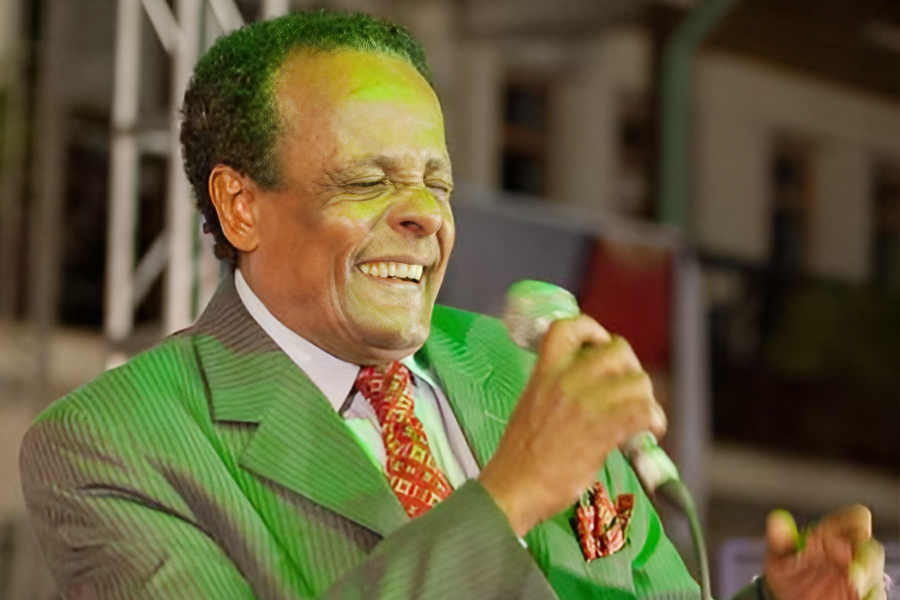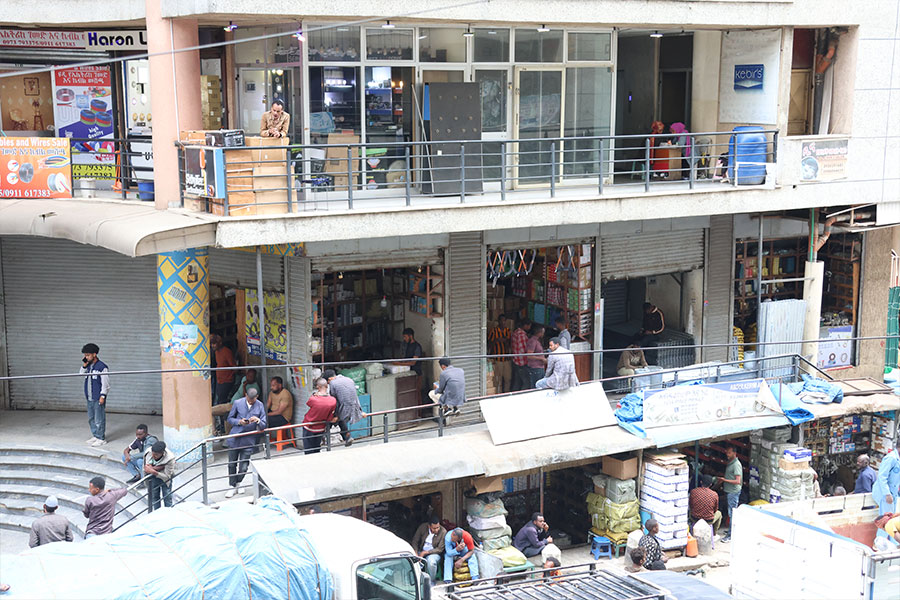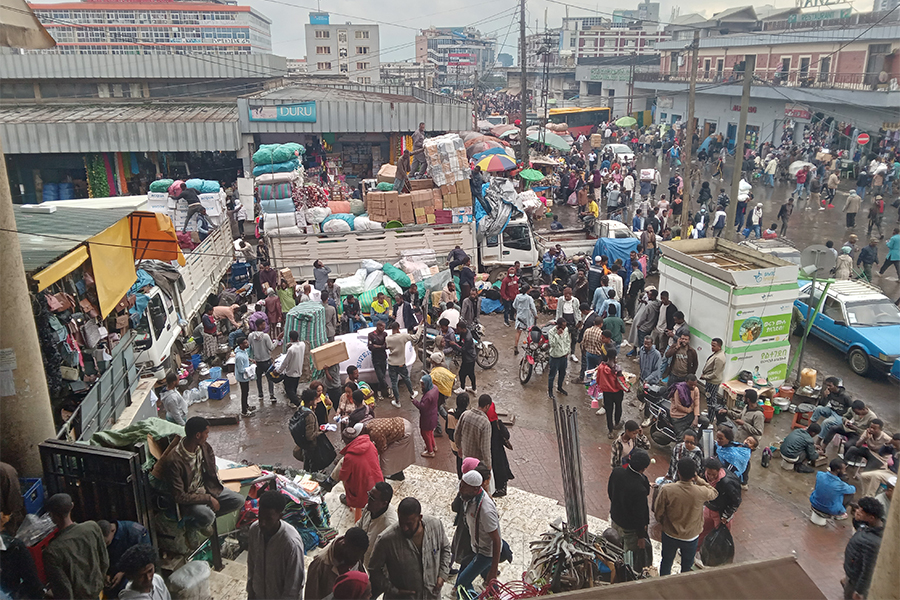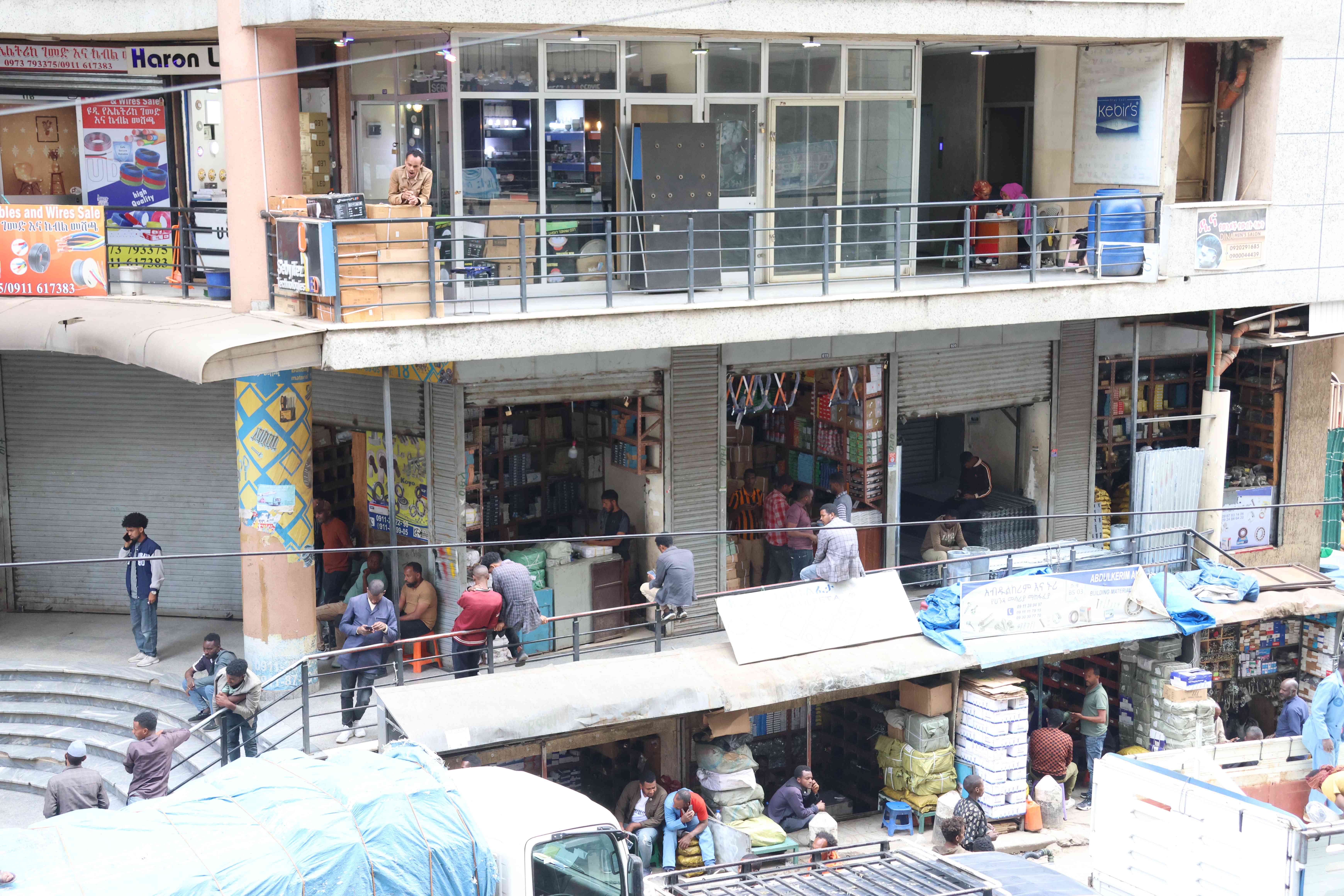
Obituary | Nov 29,2020
A trip to the labyrinth world of Merkato has been planned by two friends and then postponed so many times that the fact that it took place recently is no small miracle.
“I assure you there is a Gursha Terra there,” says one friend promising a somewhat mystical adventure where common folks line up to pay for individualised Gursha delivered by vendors.
For the uninitiated, Gursha is when one or more person dining in a group wraps a piece of injera around a bit of wot and then feeds another in the group directly by hand.
This is a long-held tradition in Ethiopia where friends, spouses, lovers, acquaintances and colleagues feed each other by hand from a communal plate. But for Gursha to go on high street and be monetised is a foreign concept that is hard to swallow, no pun intended.
The other friend prods for more detail, “where do they set up, right on the street?”
Merkato is a unique market place with cultural importance as pertinent to Addis Abeba as its economic significance. Its particular character is a heritage that needs protection. | © Photo By Alamy.
“Yes, yes, right off the street. It is just across from Che’d Terra,” replies the friend, referring to a section that in the past was exclusively devoted to a hay market in Merkato, which that day is filled with second-hand corrugated metal merchants.
Merketo is full of sections devoted to everything from proclaim plates to sisal ropes. There is Kibe (butter) Terra, Kimem (spices) Terra, Koricha (saddle) Terra, Shema (traditional cotton wrap) Terra, Termus (bottles) Terra, Metad (traditional clay stove) Terra, Bekel (malted cereals) Terra, even a Bomb Terra, Joneya (jute bag) Terra, Bermell (barrel) Terra, Doro (chicken) Terra and Abdu Berenda, a section devoted to khat market.
And then there is Minalesh - what do you have? - Terra, “where one can buy anything except human organs,” as a local newspaper once describes it.
The two friends, one a visitor and the other acting as a guide, had started their journey in Atakilt (vegetable) Terra, in Piassa, where the fashionable shops - at least that is where they used to be - transit to Merkato imperceptibly. When they reach a street corner down the hill from Abune Petros Statue, the guide slacks his walk and directs the attention of his friend to a row of women sitting behind a line of yellow plastic bags filled with leftover food arrayed in front of them.
The plastic bags are placed on stools with the lips rolled down for easy access. Two or three stools display chopped tomatoes garnished with green pepper and red onions stacked high on rounded plastic bowls. One of the women wears a clear plastic bag on her right hand and sits waiting for her clients.
Merkato is a unique market place with cultural importance as pertinent to Addis Abeba as its economic significance. Its particular character is a heritage that needs protection.
“This is a branch of the main Gursha Terra,” says the guide by way of explanation. “And you know, it is still too early for the lunch crowd.”
That does not seem to deter a group of young men who squat around a plastic bag placed on the ground and devour its leftover content with particular relish. After a little while the guide and the visitor walk past the Gursha ladies, for they were still getting ready, and descend into the bowls of the great market.
Across from the old Banco di Roma building where a warren of narrow alleyways and corridors flourish, the familiar sights, sounds and smells of the city seem to leap out afresh and assault the senses anew.
Here, one enters the realm of goblins and elves where an industrious tribe is hard at work with ancient tools, crammed in little hovels and busy bending and twisting useful items out of discarded rubbish.
Here, a man sits hunched hammering a perfectly circular trim out of metal foils; there, another is banging a crooked metal sheet until it yields it cranks and dents and reveals a new luster; an alleyway away are a group of leather workers handling cured parchments with cuts, slices and stitches to craft out local saddles; yonder, a spent tyre is beat and pounded until it relinquishes itself into a watertight container; and everywhere, porters of every cut and size scurry around, bowed by the massive loads they carry that propel them forward forcing everyone who stands along their path to scamper.
It is a world that pulsates and throbs in peculiar rhythms that absorb and mesmerise the soul. The novice to Merkato is caught between a desperate desire to escape the squalor and the noise that stabs at all the senses; but at the same time, the soul is drawn to it by a curious desire to linger and persist; something tags and nags at the very heart and whispers, ‘stay on and see more of this drama.’
The friends make their way to Berbere (pepper) Terra, close to where Gursha Terra is supposed to be. Today, the area is lined with tattered plastic stands that sell imported used-shoes that are brushed with soap and water, washed, rinsed, dried and displayed for sale right there.
“Oh! It has been moved to the other side of Khat Terra,” says a man without looking up from his seat in a dingy kiosk selling recycled trinkets.
He is immediately contradicted by someone else sitting next to him sipping tea. In the end, no one seems to be sure where Gursha Terra has been moved to.
Today, Merkato is being gentrified in that gaudy, pell-mell concrete high-rise style that has become oddly fashionable in this city. The low-hung crafted stone veranda shops that once graced the market are dwarfed and suffocated amidst concrete behemoths and plastic vendor booths that seem to propagate incessantly. Ducked behind the new box-like edifices and threadbare vendor stalls are architectural treasures that are now camouflaged in grit, smoke and filth.
Merkato is a unique national treasure that is in need of restoration, preservation and renovation. The fear is that the city, ill-informed of the economic, cultural and architectural heritage values contained within the market, may one day send its bulldozers to wipe out what little is left of a community of artisans, merchants, porters and traders and wipe out this unique heritage.
PUBLISHED ON
Apr 06,2019 [ VOL
19 , NO
988]


Obituary | Nov 29,2020

Films Review | Jan 03,2021

Obituary | Mar 02,2024

My Opinion | May 31,2025

View From Arada | Jun 18,2022

Fortune News | Apr 13,2019

Fortune News | Apr 13, 2025

View From Arada | Sep 21, 2024

Editorial | Mar 23,2024

Agenda | Apr 13, 2025

Dec 22 , 2024 . By TIZITA SHEWAFERAW
Charged with transforming colossal state-owned enterprises into modern and competitiv...

Aug 18 , 2024 . By AKSAH ITALO
Although predictable Yonas Zerihun's job in the ride-hailing service is not immune to...

Jul 28 , 2024 . By TIZITA SHEWAFERAW
Unhabitual, perhaps too many, Samuel Gebreyohannes, 38, used to occasionally enjoy a couple of beers at breakfast. However, he recently swit...

Jul 13 , 2024 . By AKSAH ITALO
Investors who rely on tractors, trucks, and field vehicles for commuting, transporting commodities, and f...

Oct 25 , 2025
The regulatory machinery is on overdrive. In only two years, no fewer than 35 new pro...

Oct 18 , 2025
The political establishment, notably the ruling party and its top brass, has become p...

Oct 11 , 2025
Ladislas Farago, a roving Associated Press (AP) correspondent, arrived in Ethiopia in...

Oct 4 , 2025
Eyob Tekalegn (PhD) had been in the Governor's chair for only weeks when, on Septembe...